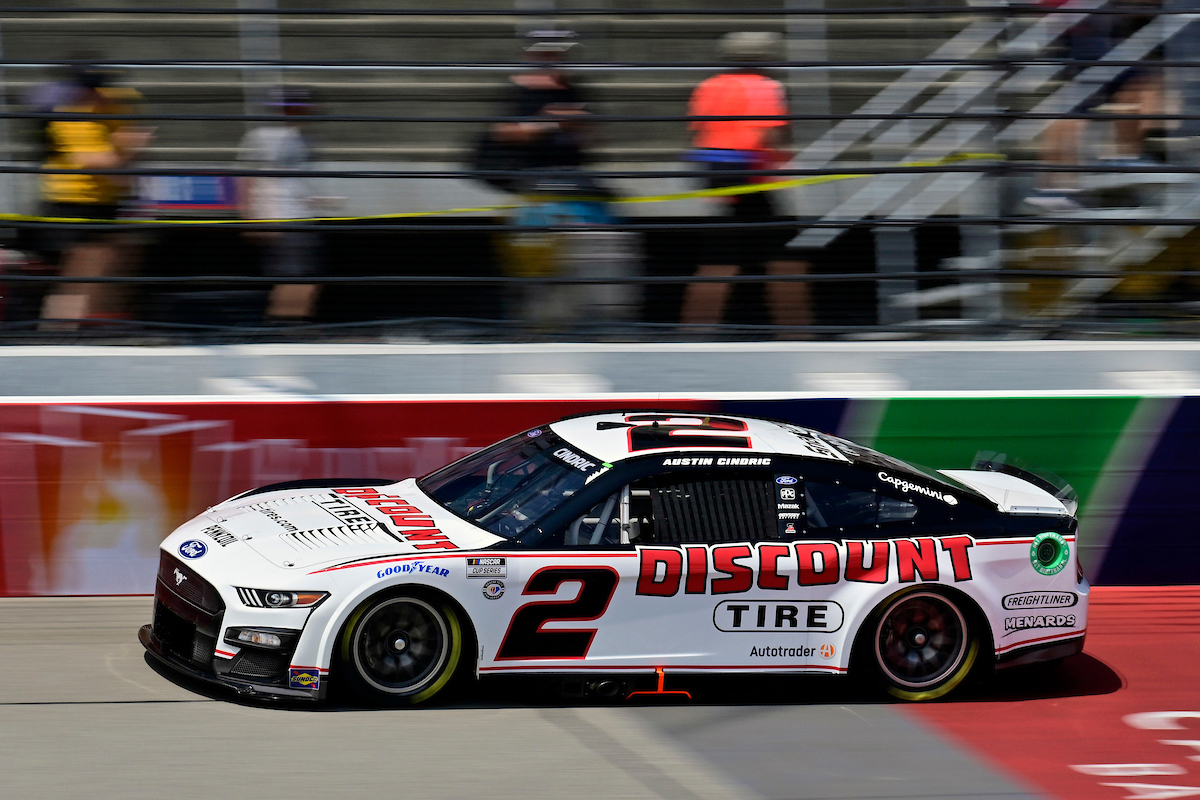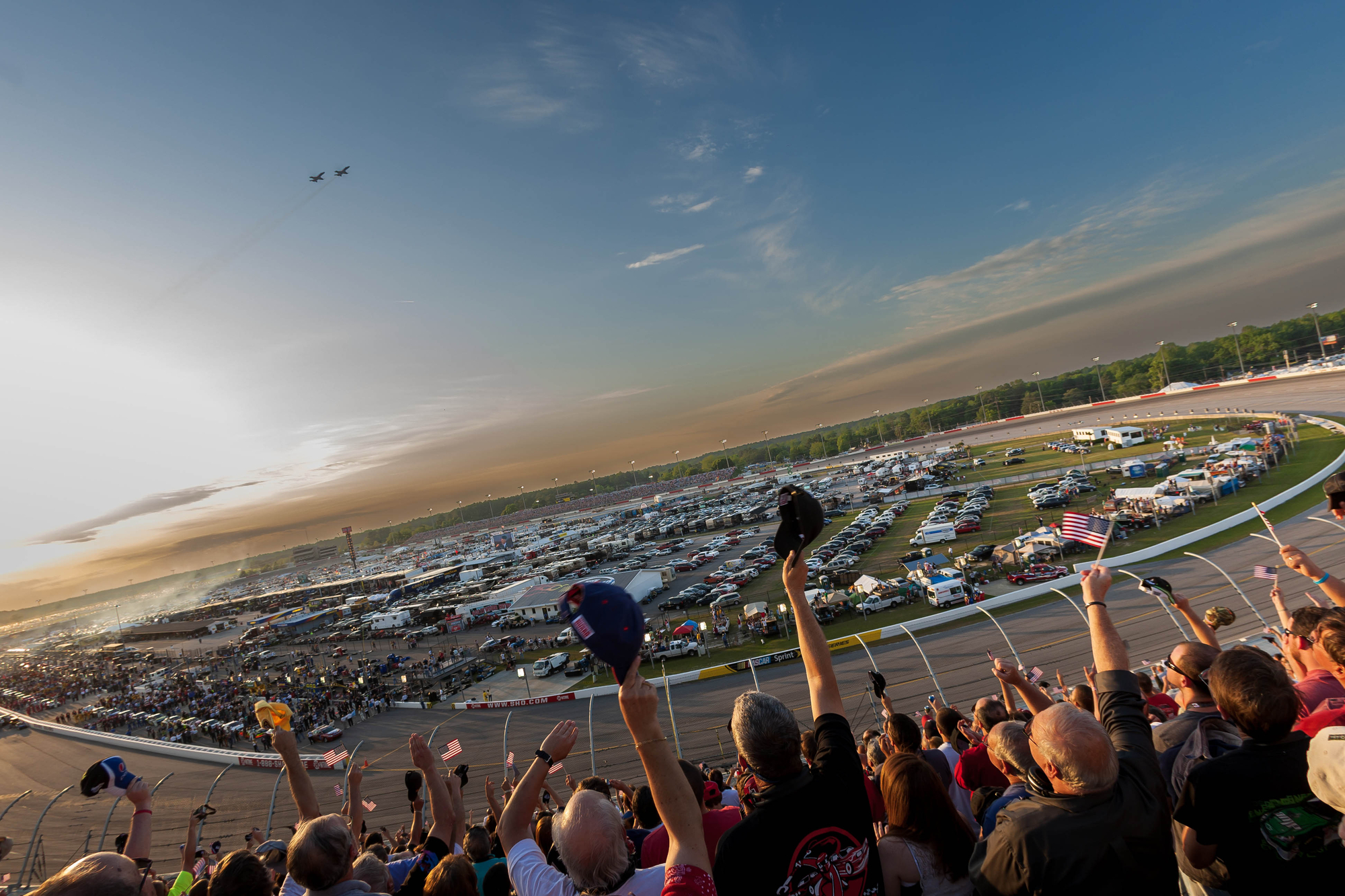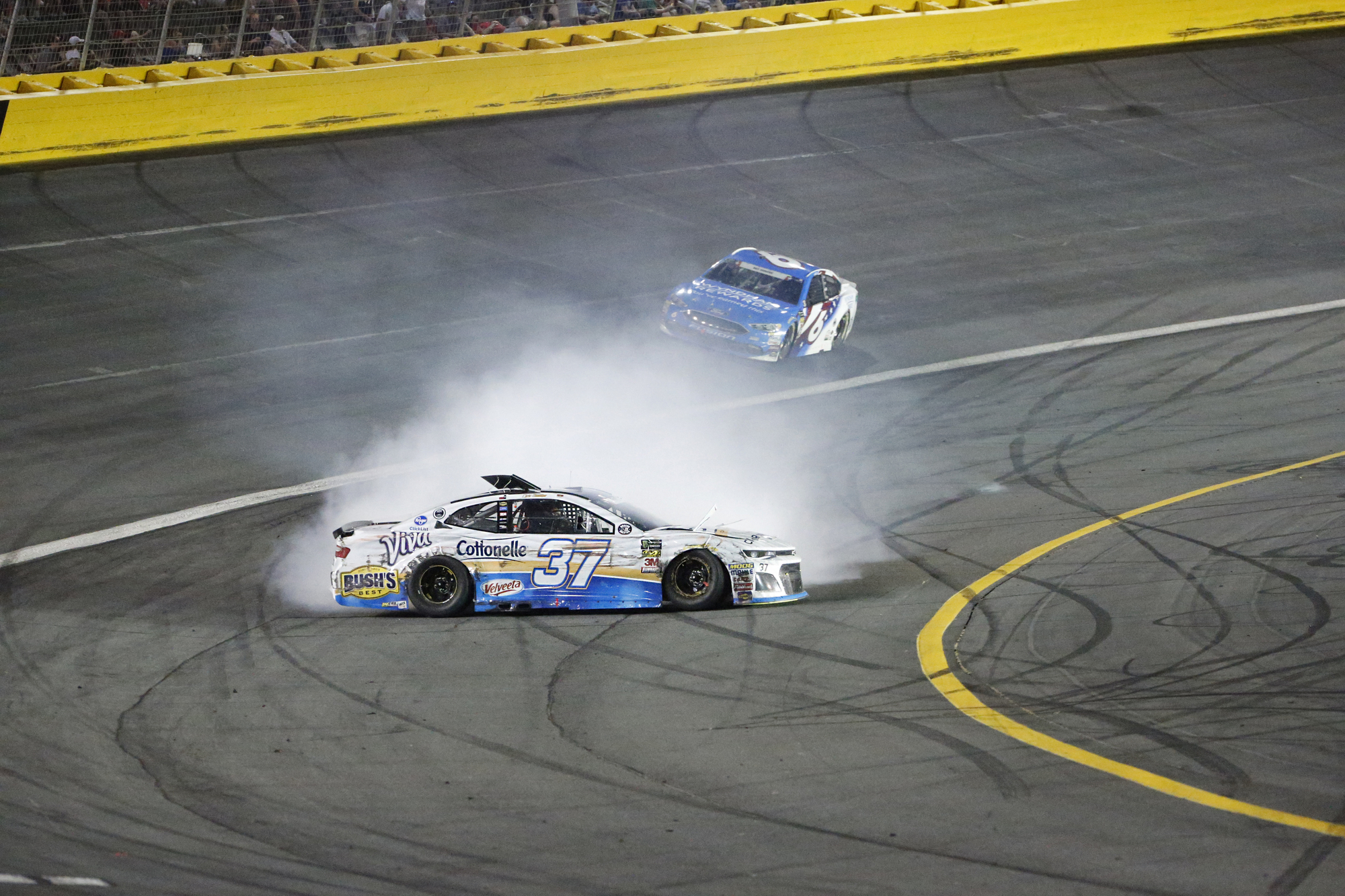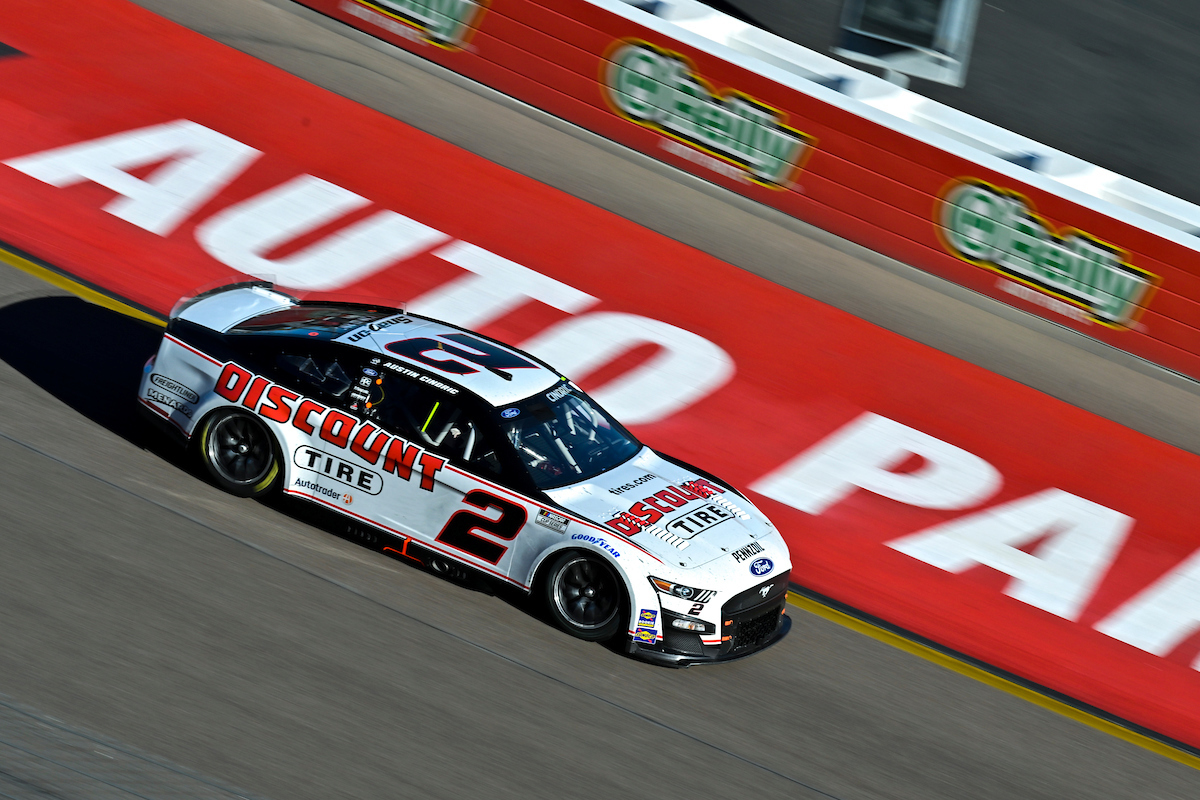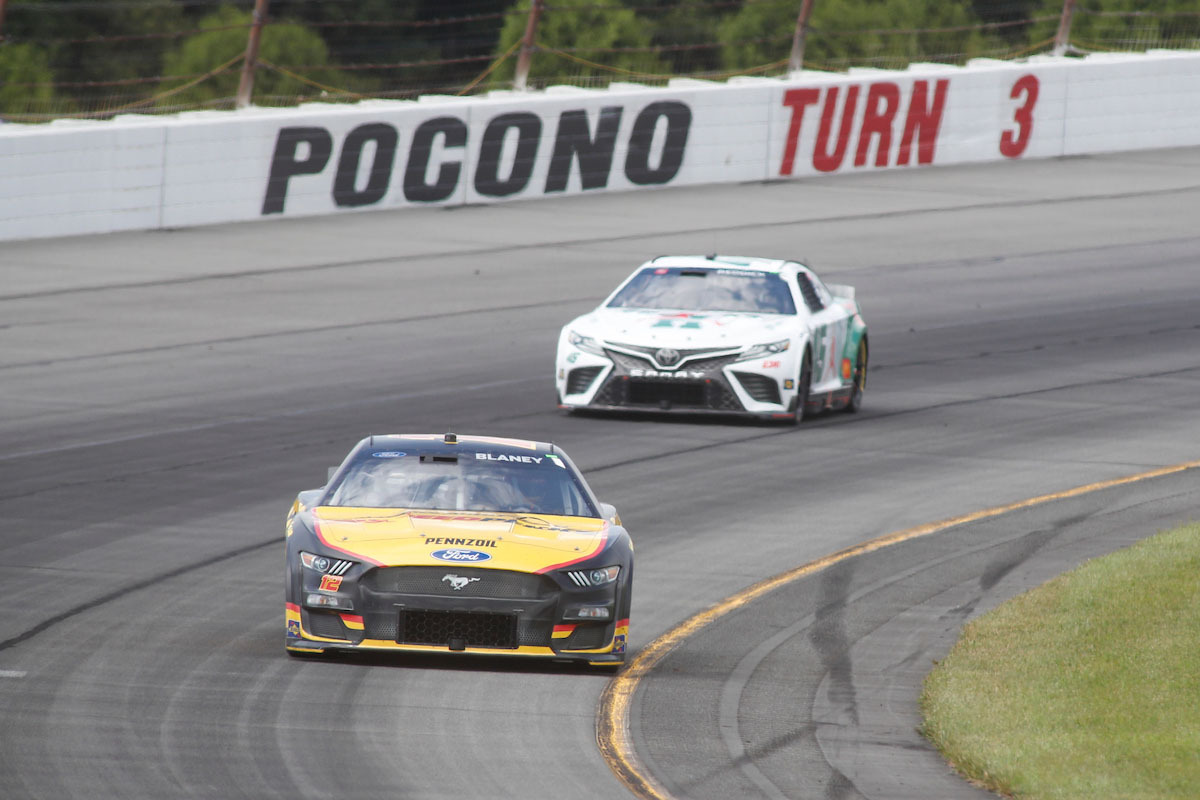Is NASCAR a RWD?
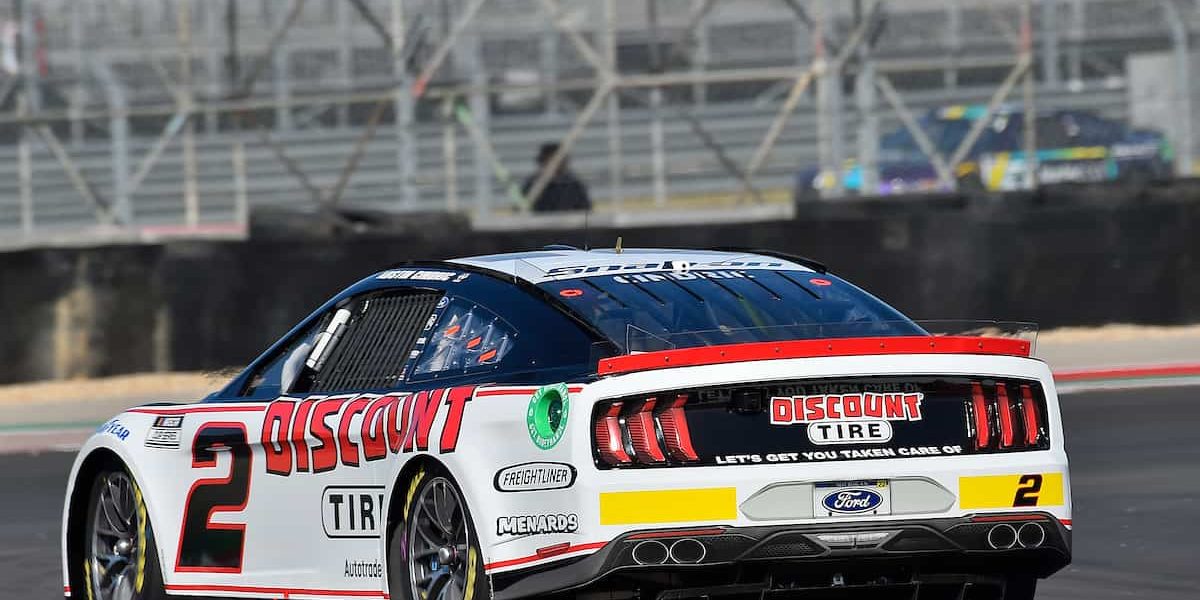
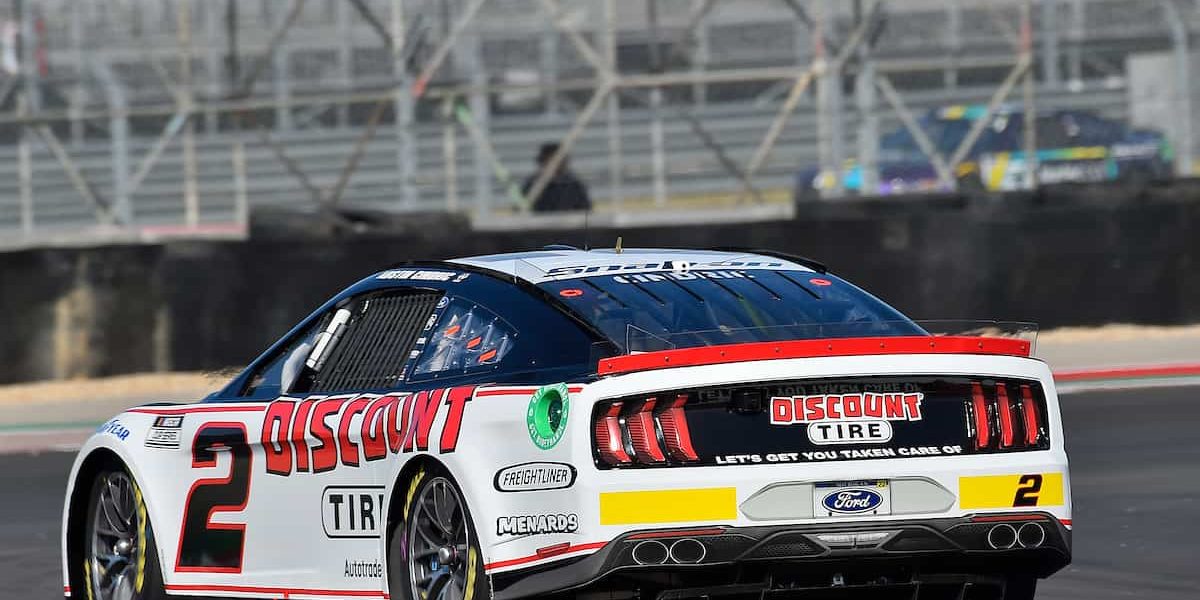
NASCAR has introduced the all-new “Next-Gen car” for the 2022 Sprint Cup season. Previously called the “Gen-7 car”, NASCAR has retained the rear-wheel-drive (RWD) in the car just like they did in The Gen-6 cars. Front-wheel drive (FWD) has not been considered by NASCAR yet, and it doesn’t look likely that it will be shortly. Hybrid engine systems in cars may be introduced by NASCAR as early as 2024.
NASCAR has persisted with the heavy OEM V8 engines and a manual transmission for the Next-Gen car. The pushrod V8 engines will be supplied by Ford, Chevrolet and Toyota. These naturally aspirated engines generate over 600 horsepower. Ford claims that its engine has generated more than 800 horsepower in several races.
This article will look into why NASCAR persists with RWD for its cars. A comparison between RWD, FWD and the changes in Gen-Next cars, will better explain NASCAR’s policy of sticking to RWD cars.
Table of Contents
FWD vs. RWD
To propel an automobile either forward or backwards it is sufficient to power either the front or back pair of wheels. When all four wheels are powered, the vehicle is said to be an AWD motor car. All the differences between an FWD and an RWD vehicle are a result of the concept of the chosen type of drive.
FWD seeks to enhance the efficiency of a car by minimising the weight of the car. Ar the front wheels are closer to a front-mounted engine, the distance that the power has to be transmitted is reduced. This eliminates a lot of hardware needed in an RWD, effectively reducing the weight of the car. An FWD car will have a larger interior as space is not needed for power transmitting hardware.
An RWD car has its centre of gravity more towards the middle of the car as most of the heavier transmitting hardware is at the rear. This feature of an RWD allows for more even distribution of weight. Front-wheel drive vehicles have all their weight concentrated in the front of the car. An excessively heavy vehicle at either end has less balance and therefore lesser control.
When FWD was first introduced, it was assumed that the heavier load on the driving wheels would mean better traction. But with today’s smarter cars, this advantage is almost eliminated. The lack of control becomes more telling when driving and cornering at high speeds. The more even distribution in an RWD car allows it to be more stable, even at high speeds.
Drivers often resort to drifting when cornering tight curves. Drifting is driving while the back wheels slide sideways on the track. The driver manoeuvres the car by skillfully controlling the front wheels and the accelerator. The driver still has total control over the car. In an FWD car, the front wheels both power the car and manoeuvre it. Drifting is virtually impossible in an FWD car.
Why is NASCAR persisting with RWD?
NASCAR has changed many features of the G-7 car while retaining some of them. The Gen-Next cars for the 2022 season will retain the front-mounted OEM pushrod V8 engines. Ford, Toyota and Chevrolet will supply the engines between them. These are naturally aspirated engines that can deliver more than 600 horsepower of power when not fitted with a restrictor plate.
NASCAR cars are also true, three-pedal manual floor-mounted gear shifts cars. However, there are changes in the manual transmission of the car. The system has been enhanced to a five-speed manual transmission with sequential shifters. If the driver wants to shift from the second gear to the fourth, he has to make two backshifts on the gear shift lever.
The shift lever has only two positions, unlike the H pattern used previously. A forward shift will downshift the gear by one while a back shift will upshift the gear by one. More importantly, The gen-next car’s manual is mounted at the rear of the car in a transaxle unit. This helps in better balancing the car’s weight distribution and improves control over the car.
The transaxle transmission is connected to two small “half-shafts,” each floating on an independent suspension. That makes the gen-next car truly RWD with the manual mounted in the rear. It is a better-balanced car than the Gen-6 car and has better control when driving and cornering at high speeds.
How does RWD make the GEN-Next car better?
The rear transaxle and an independent rear suspension save space below the underbody. A full car length underwing allows any air trapped below the car to escape quickly creating a 500 kg additional downforce. The underwing ends in what looks like a series of vertical fins These vertical fins are a part of an aerodynamic element called the diffuser.
The underwing and the diffuser make sure that the car leaves less turbulence in its wake. Less dirty air means that drivers can race closer to the car and pass it easily. This will mean more exciting racing in NASCAR races. The extra downforce created by the underwing will mean speedier cornering increasing the overall speed of the cars.
What hybrid engine system is NASCAR looking at?
NASCAR President Steve Phelps created a stir when he stated that NASCAR is looking to introduce “some type of hybrid engine system with an electrification component.” This system according to him could be adopted as early as 2024. What is a hybrid engine system and what is a “hybrid engine system” and what is Phelps talking about?
F1 car engines are no longer called engines. They are called power units consisting of a V8 engine and two energy recovery systems (ERS). The engine recovery systems recover heat energy from the exhaust and kinetic energy from the slowing car with a motor/generator system and store it in a battery. This energy is used when the computer decides that the car needs more power.
These are the kind of hybrid engine systems that Steve Phelps is talking about. This move will help NASCAR become more environmentally friendly in the coming years. Adopting an energy recovering system will enable the hybrid engine system to power the front wheels of the car as and when the onboard computer thinks fit. This will make NASCAR cars hybrid AWDs.
Is NASCAR a RWD? – The Conclusion
NASCAR cars are truly RWD cars. The mounting of the transaxle and the independent suspension system helps distribute the car’s weight more evenly. This makes the car more stable and gives the driver better control over the car. Increased cornering speeds and less dirty air will make NASCAR races even more exciting with the Gen-Next car.
Although NASCAR is not likely to look at FWD any time soon, NASCAR’s President has expressed his willingness to experiment with hybrid engine systems. AWD hybrids could be introduced in NASCAR as early as 2024 decreasing NASCAR’s carbon footprint.






